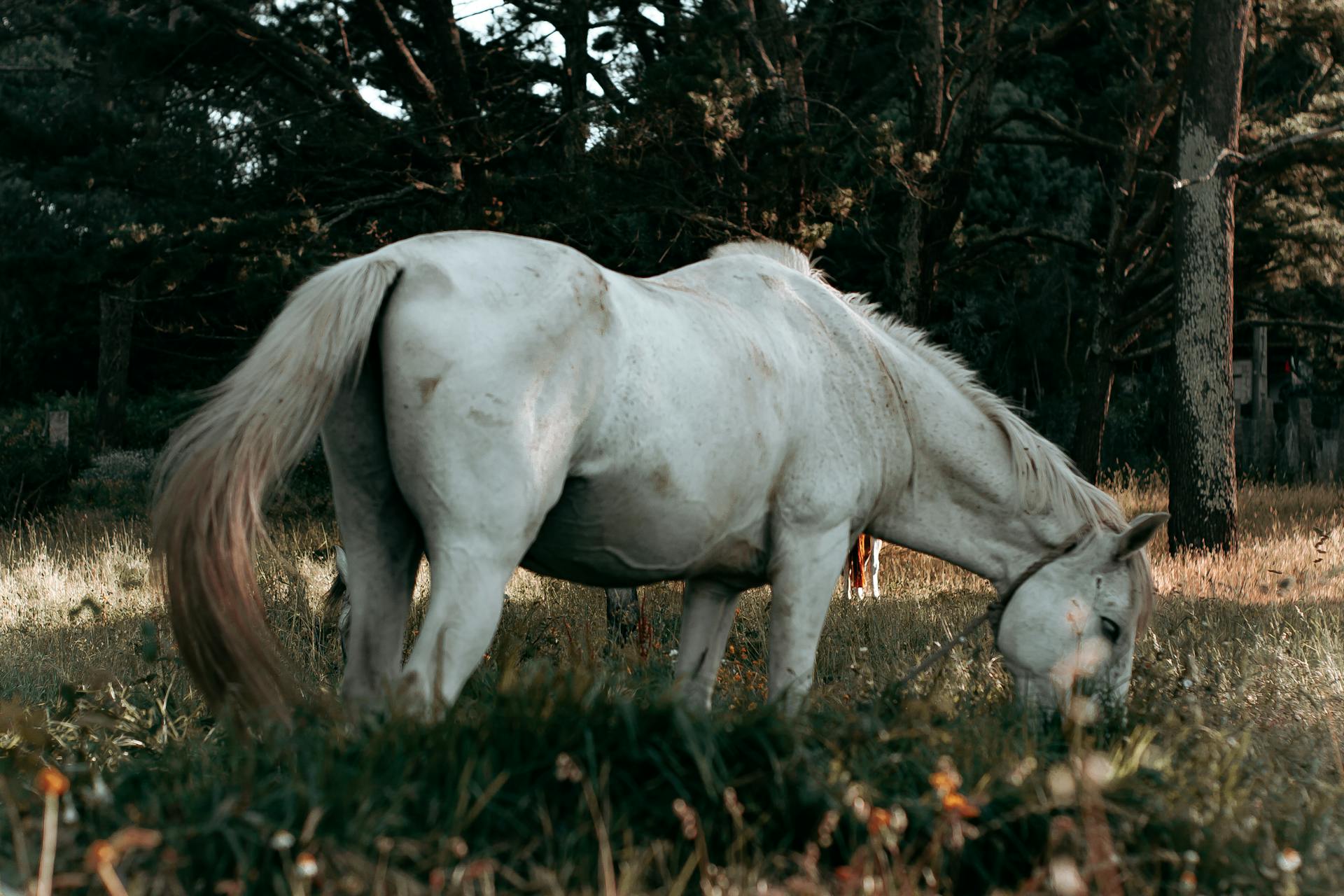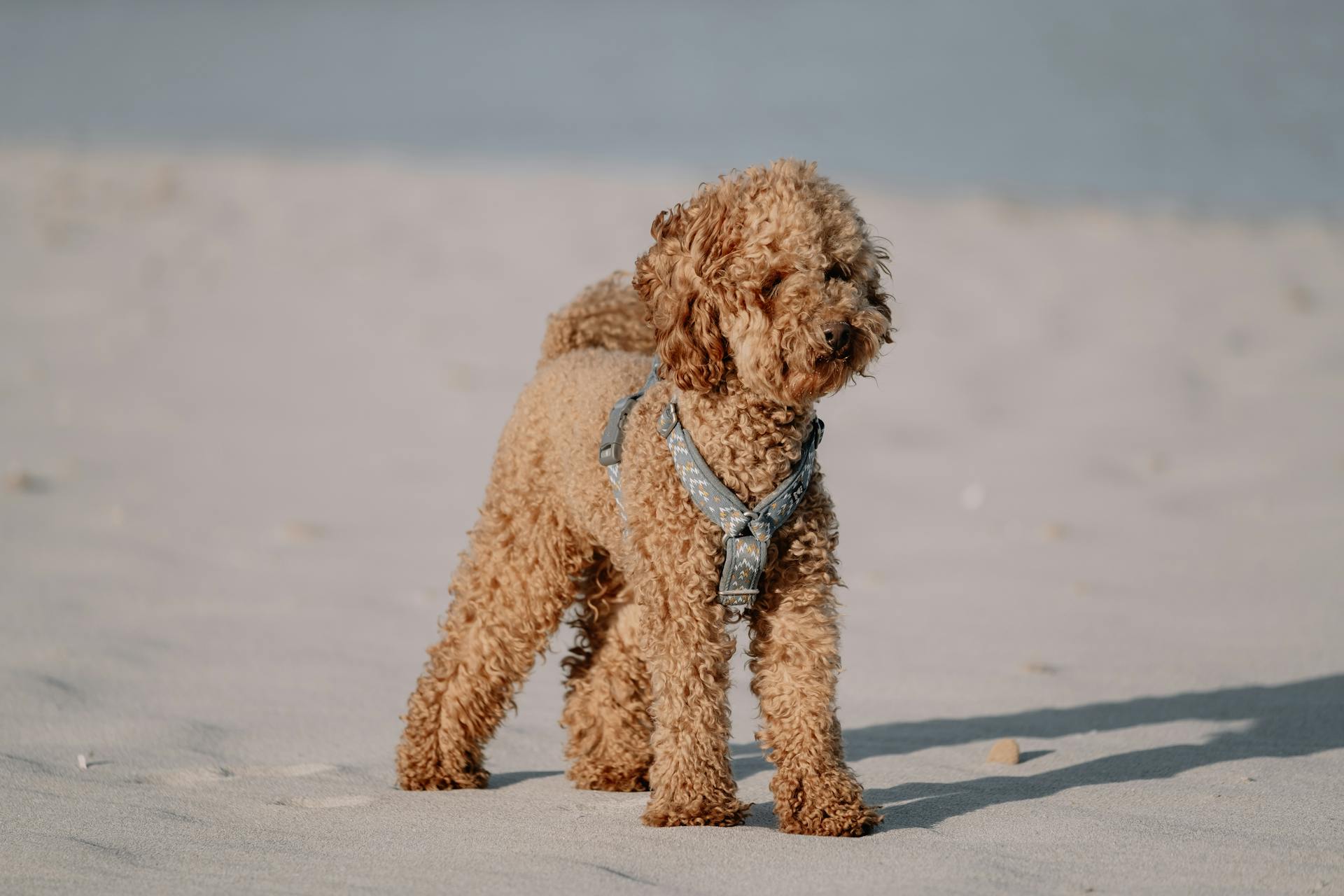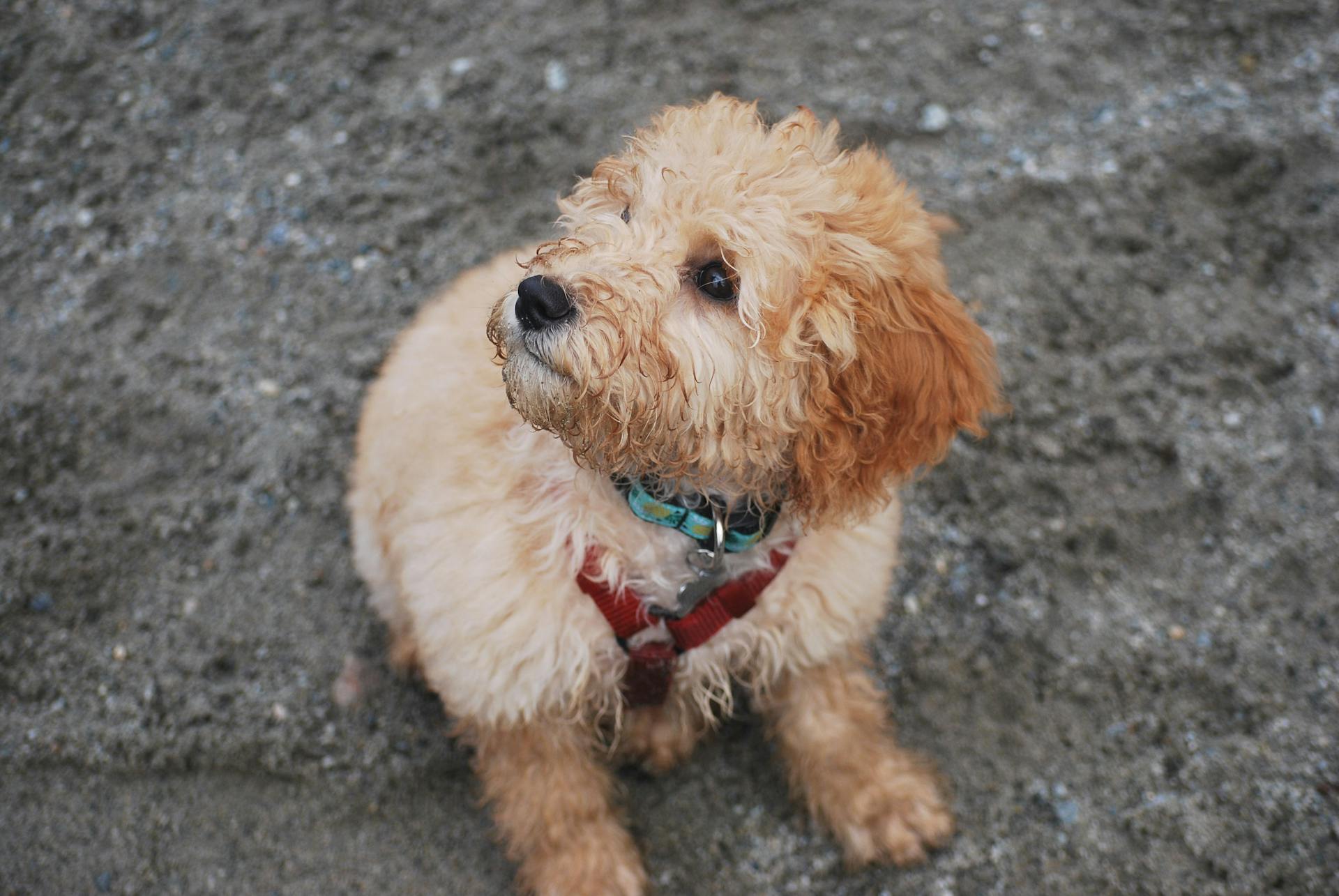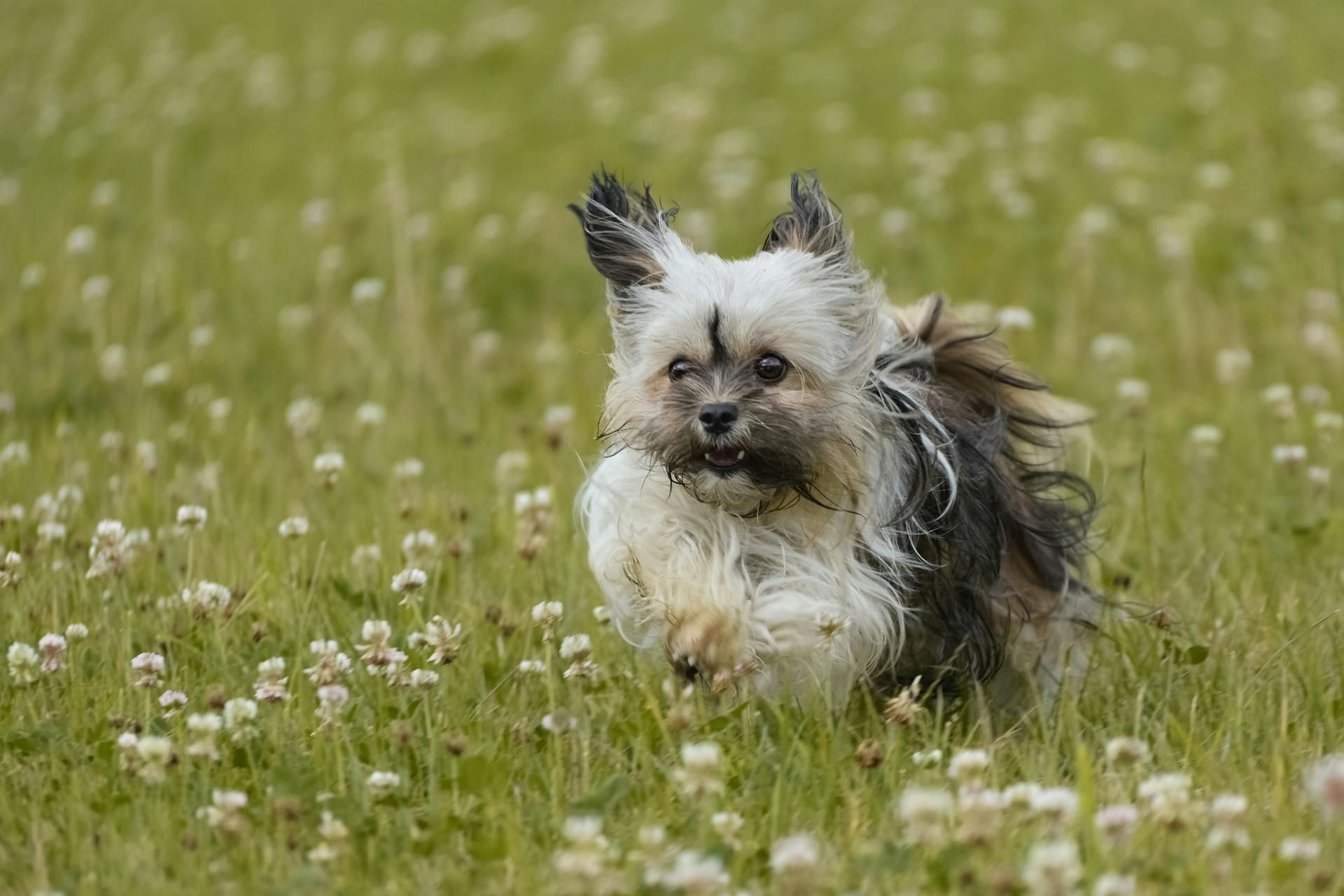
Yes, you can feed horses silage, but there are some important things to keep in mind. Silage is high in moisture and can cause diarrhea in horses if they are not used to it. It is also high in carbohydrates, so it should be fed in moderation to horses that are prone to obesity or laminitis. When feeding silage, make sure it is fresh and free of mould, and offer hay as well to provide additional fibre.
What is silage?
Silage is a type of forage for animals, made from green plants or other biomass that has been chopped and fermented. It is high in energy and protein, and can be fed to cattle, sheep, and other ruminants. Silage can be made from a wide range of plants, including corn, wheat, oats, barley, alfalfa, sorghum, and grasses. The fermentation process breaks down the plant cell walls, making the nutrients in the plants more available to the animals. Silage is an important part of a balanced diet for livestock, and can be fed fresh or stored for later use.
What are the benefits of feeding horses silage?
There are many benefits to feeding horses silage, particularly during the winter months when pasture grasses are dormant and hay can be scarce. Silage is a type of fermented feed that is high in nutrients and easy for horses to digest. It can be made from a variety of plants, including grasses, clover, and corn.
Silage is an excellent source of energy for horses, and it can help them maintain their body condition during periods oflow food intake. It is also a good source of vitamins and minerals, which can help to prevent nutritional deficiencies.
Silage is very versatile and can be fed to horses of all ages, from foals to adult horses. It can be fed as a complete diet or mixed with other feeds, such as hay or oats. When feeding silage, it is important to make sure that thehorse has access to fresh water at all times.
There are some potential drawbacks to feeding silage, such as the risk of colic or founder. However, these risks can be minimized by feeding silage in moderation and by ensuring that the horse has plenty of fresh water to drink.
Readers also liked: What Do Horses Do When They Are Scared?
How much silage should you feed a horse?
As with any forage, the amount of silage fed to a horse will depend on the quality of the forage as well as the size, age, and activity level of the horse. A rough guideline for the amount of silage to feed a horse is 1-2% of the horse's body weight per day. For example, a 1000 lb horse could be fed up to 20 lb of silage per day.
When feeding silage to a horse, it is important to gradually introduce the forage to the horse's diet to avoid digestive upset. Start by feeding a small amount of silage (1-2 lb per day for a 1000 lb horse) and gradually increase the amount over the course of a few weeks until the horse is eating the full amount recommended. It is also important to make sure the horse has access to plenty of fresh, clean water at all times.
If you are unsure of the quality of the silage you are feeding, or if you are feeding a horse with health problems, it is best to consult with a veterinarian or equine nutritionist to ensure that you are feeding the appropriate amount of silage for your horse's individual needs.
What are the potential risks of feeding horses silage?
Horses are herbivores that are meant to eat mostly grasses and hay. However, in some parts of the world, grasses and hay are not always readily available, so horses may need to be fed other types of forage, such as silage. Silage is a type of fermented, high-moisture feed made from green plants, such as corn or alfalfa. It can be fed to horses, but there are potential risks associated with doing so.
One of the potential risks of feeding horses silage is that it may contain high levels of mold or other toxins. If horses eat moldy silage, they could develop respirato
If this caught your attention, see: Why Was the Horse so Happy?
How do you store silage?
When it comes to storing silage, there are a few key things that you need to keep in mind in order to ensure that it stays fresh and doesn't spoil. First of all, you need to make sure that the silage is kept in an airtight container - this is important in order to prevent oxygen from getting in and causing the silage to start to decompose. Secondly, you need to keep the silage in a cool, dark place - this is important in order to prevent the growth of mold and bacteria. Finally, you need to make sure that the silage is kept dry - if it gets too moist, it will start to spoil.
So, those are a few of the key things that you need to keep in mind when it comes to storing silage. If you can follow these guidelines, then you should be able to keep your silage fresh and safe to eat for a long period of time.
Curious to learn more? Check out: What Do We Do When We Fall off the Horse?
How do you know if silage is fresh?
There are a few indicators that will tell you if silage is fresh. First, the colour of the silage should be green. If it is brown or has started to turn black, it is no longer fresh. Second, the smell of the silage should be fresh and grassy. If it smells sour or mouldy, it is no longer fresh. Finally, the texture of the silage should be soft. If it is hard or has started to break down, it is no longer fresh.
What are the signs of silage poisoning in horses?
When horses are fed silage, there are several signs that may point to poisoning. These include:
-Elevated body temperature
-Increased heart rate
-Respiratory distress
-Excessive drooling or saliva production
-Walking with a stiff gait
- Muscle tremors
-Collapse
-Seizures
If you observe any of these signs in your horse, it is important to seek veterinary care immediately as silage poisoning can be fatal. Blood testing can confirm the diagnosis and treatment will be based on the severity of the toxicity. In severe cases, horses may need to be hospitalised and supported with intravenous fluids and other therapies. With prompt treatment, however, most horses will recover from silage poisoning without any lasting effects.
What should you do if you suspect your horse has silage poisoning?
If you suspect your horse has silage poisoning, the first thing you should do is call your veterinarian. Silage is a type of fermented feed that can be very dangerous to horses if they consume too much of it. Symptoms of silage poisoning include diarrhea, colic, abnormal heart rate, and difficulty breathing. If not treated promptly, silage poisoning can be fatal.
Your veterinarian will likely want to do a physical exam and may order blood and urine tests to confirm the diagnosis. They will also want to see the silage that your horse has been consuming. If possible, take a sample of the silage with you to the vet appointment.
Treatment for silage poisoning depends on the severity of the symptoms and how early the diagnosis is made. In some cases, horses may just need to be monitored closely and have their silage intake reduced. More severe cases may require hospitalization and intensive supportive care.
If your horse does have silage poisoning, it is important to identify the source of the problem and make sure they do not have access to it in the future. Silage can be very dangerous to horses and should be fed in moderation. If you have any questions or concerns about feeding your horse silage, always consult with your veterinarian.
For your interest: What Not to Feed Chihuahuas
Frequently Asked Questions
Is silage good for horses?
Yes, silage is an acceptable feed for horses if it is properly preserved.
Why do they feed horses hay in the US?
Horses are fed hay in the US because the weather is typically dry enough to allow for mass cultivation. In countries such as England or Netherlands, rainfall may preclude the production of hay, and alternative forages must be sought.
How do you preserve forage for horses?
In general, hay, haylage, and silage should be stored in a moist environment at temperatures around 50 degrees Fahrenheit.
What is the difference between silage and haylage?
In general, silage is a concentrated feed containing a higher percentage of forages that can be fermented by bacteria to create methane and carbon dioxide. Haylage contains more concentrated feeds such as straw and hay, and it is typically fed to horses because they need more nutrients than cattle do.
Is silage good for horses with heaves?
The high moisture content of silage may be an excellent feed choice for horses with respiratory problems, such as chronic obstructive pulmonary disease (heaves). However, if the fermentation process goes amiss, mold and bacterial toxins may proliferate in silage. Moldy silage has been implicated in cases of colic and botulism.
Sources
- https://silopak.com/grass-silage-for-horses/
- https://silopak.com/silage/
- https://at-g.tinosmarble.com/should-horses-eat-silage
- https://forums.horseandhound.co.uk/threads/feeding-silage-to-horses.340127/
- https://www.reddit.com/r/Horses/comments/isu6i9/can_you_use_silage_for_horses/
- https://www.timesmojo.com/what-are-the-benefits-of-silage/
- https://petcosset.com/can-horses-eat-corn-silage/
- https://www.quora.com/Can-I-purely-feed-my-horse-on-corn-silage
- https://www.science-equine.com/articles/equine-athlete-management-care/nutrition/3462-effects-on-horses-when-feeding-silage-haylage-and-hay
- https://www.ballensilage.com/en/silage-for-horses/
- https://www.biotecharticles.com/Agriculture-Article/Advantage-and-Limitation-of-Silage-Making-3562.html
- https://www.britannica.com/topic/silage
- https://elegant-question.com/can-horses-eat-silage/
- https://www.timesmojo.com/can-horses-eat-silage/
Featured Images: pexels.com


